-
 Bitcoin
Bitcoin $116400
-0.36% -
 Ethereum
Ethereum $4033
3.40% -
 XRP
XRP $3.302
-1.26% -
 Tether USDt
Tether USDt $1.000
-0.02% -
 BNB
BNB $796.1
1.67% -
 Solana
Solana $177.8
1.89% -
 USDC
USDC $0.9999
0.00% -
 Dogecoin
Dogecoin $0.2314
4.09% -
 TRON
TRON $0.3381
0.14% -
 Cardano
Cardano $0.7989
1.22% -
 Stellar
Stellar $0.4496
-1.84% -
 Chainlink
Chainlink $20.42
9.42% -
 Hyperliquid
Hyperliquid $41.17
0.88% -
 Sui
Sui $3.914
3.77% -
 Bitcoin Cash
Bitcoin Cash $584.7
1.52% -
 Hedera
Hedera $0.2632
-0.54% -
 Avalanche
Avalanche $24.09
3.40% -
 Ethena USDe
Ethena USDe $1.001
-0.02% -
 Litecoin
Litecoin $123.2
1.33% -
 Toncoin
Toncoin $3.318
-0.04% -
 UNUS SED LEO
UNUS SED LEO $8.984
-0.05% -
 Shiba Inu
Shiba Inu $0.00001323
2.85% -
 Uniswap
Uniswap $10.90
4.41% -
 Polkadot
Polkadot $3.999
3.34% -
 Dai
Dai $1.000
0.01% -
 Cronos
Cronos $0.1630
9.64% -
 Bitget Token
Bitget Token $4.484
0.82% -
 Monero
Monero $272.4
2.44% -
 Pepe
Pepe $0.00001173
6.03% -
 Aave
Aave $290.8
2.88%
Huge cross star reaches the top? Interpretation of the market meaning of special K-line
A huge cross star at the top of an uptrend signals potential reversal, especially with high volume and near resistance levels.
Jun 02, 2025 at 06:42 pm
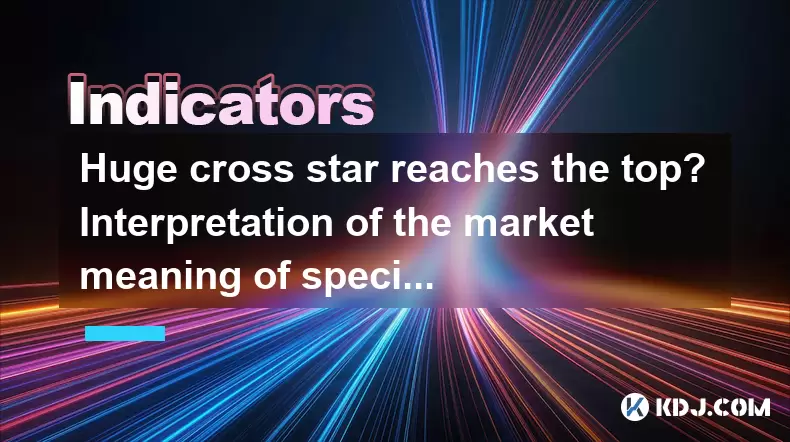
Introduction to the K-Line and Its Importance
The K-line, or candlestick chart, is a popular tool used by traders and investors in the cryptocurrency market to analyze price movements. Each K-line represents the price action of an asset over a specific time frame, typically ranging from minutes to days. The body of the K-line shows the opening and closing prices, while the wicks or shadows indicate the high and low prices during that period. Understanding the patterns formed by these K-lines can provide insights into market sentiment and potential future price movements.
What is a Cross Star?
A cross star, also known as a doji, is a type of K-line that signifies indecision in the market. It forms when the opening and closing prices are very close to each other, resulting in a small or non-existent body. The presence of long wicks indicates that there was significant price movement during the period, but the market ultimately closed near its opening price. A cross star can appear in various market conditions and can signal a potential reversal or continuation of the current trend, depending on the context.
The Significance of a Huge Cross Star at the Top
When a huge cross star appears at the top of a prolonged uptrend, it carries particular significance. This pattern suggests that the bullish momentum may be weakening, and the market is struggling to decide on the next direction. The huge cross star at the top indicates that after a significant upward move, buyers were unable to sustain the rally, and sellers started to push the price back down, resulting in a long upper wick. This can be a warning sign of a potential reversal, as it shows that the market sentiment might be shifting from bullish to bearish.
Interpreting the Market Meaning of a Huge Cross Star at the Top
To accurately interpret the market meaning of a huge cross star at the top, traders need to consider the broader market context and other technical indicators. Here are some key points to consider:
- Previous Trend: The huge cross star is more significant if it follows a strong and sustained uptrend. The longer the uptrend, the more impactful the cross star can be as a potential reversal signal.
- Volume: High trading volume accompanying the huge cross star can confirm the strength of the signal. Increased volume suggests more participants are involved in the price action, making the pattern more reliable.
- Support and Resistance Levels: The location of the huge cross star relative to key support and resistance levels can influence its interpretation. If it occurs near a major resistance level, it may reinforce the likelihood of a reversal.
- Other Technical Indicators: Confirming signals from other technical indicators, such as moving averages, RSI, or MACD, can provide additional confidence in the interpretation of the huge cross star.
Examples of Huge Cross Stars at the Top in the Cryptocurrency Market
To illustrate the concept of a huge cross star at the top, let's look at a few examples from the cryptocurrency market:
- Bitcoin (BTC): In early 2021, Bitcoin experienced a significant rally, reaching new all-time highs. On April 14, 2021, a huge cross star formed at the top of this uptrend, with the price opening at $63,000 and closing at $62,900, but reaching a high of $64,800 during the day. This huge cross star signaled a potential reversal, and indeed, Bitcoin's price declined significantly in the following weeks.
- Ethereum (ETH): Ethereum also saw a huge cross star at the top of its rally in May 2021. On May 12, 2021, Ethereum opened at $4,300, reached a high of $4,380, and closed at $4,280. This huge cross star marked the peak of Ethereum's price before a sharp correction ensued.
How to Trade Based on a Huge Cross Star at the Top
Trading based on a huge cross star at the top requires a careful approach and consideration of risk management strategies. Here are some steps to follow:
- Identify the Pattern: First, confirm that a huge cross star has formed at the top of an uptrend. Look for a small body with long upper and lower wicks, indicating significant price movement but a close near the opening price.
- Confirm with Other Indicators: Use other technical indicators to confirm the potential reversal signaled by the huge cross star. Check for bearish divergence on the RSI, a bearish crossover on the MACD, or a break below a key moving average.
- Set Entry and Exit Points: Determine your entry point for a short trade after the huge cross star. A common strategy is to enter a short position once the price breaks below the low of the huge cross star. Set a stop-loss above the high of the huge cross star to manage risk.
- Monitor the Trade: Keep an eye on the trade and adjust your stop-loss and take-profit levels as the market evolves. Be prepared to exit the trade if the market moves against your position.
Risk Management When Trading Huge Cross Stars
Effective risk management is crucial when trading based on a huge cross star at the top. Here are some essential tips:
- Use Stop-Loss Orders: Always set a stop-loss order to limit potential losses. The stop-loss should be placed above the high of the huge cross star to protect against a false signal.
- Position Sizing: Determine the appropriate position size based on your risk tolerance and the distance to your stop-loss. Never risk more than you can afford to lose on a single trade.
- Diversification: Avoid putting all your capital into one trade. Diversify your trading portfolio to spread risk across different assets and strategies.
- Continuous Learning: Stay updated with market trends and continuously refine your trading strategies. Learning from both successful and unsuccessful trades can help improve your trading skills over time.
Frequently Asked Questions
Q1: Can a huge cross star appear in a downtrend, and what does it signify?
A1: Yes, a huge cross star can also appear in a downtrend. In this context, it signifies indecision and potential exhaustion of the bearish momentum. If it occurs at the bottom of a downtrend, it may signal a potential reversal to the upside. Traders should look for confirmation from other indicators and consider the broader market context before making trading decisions.
Q2: How reliable is a huge cross star as a reversal signal?
A2: The reliability of a huge cross star as a reversal signal depends on several factors, including the strength of the preceding trend, the volume accompanying the pattern, and the confirmation from other technical indicators. While it can be a powerful signal, it is not foolproof and should be used in conjunction with other analysis methods to increase its reliability.
Q3: Are there other candlestick patterns that can enhance the significance of a huge cross star?
A3: Yes, other candlestick patterns can enhance the significance of a huge cross star. For example, if a huge cross star is followed by a bearish engulfing pattern or a shooting star, it can strengthen the bearish reversal signal. Conversely, if it is followed by a bullish engulfing pattern or a hammer, it may suggest a potential bullish reversal. Traders should always look for confirmatory patterns and signals.
Q4: Can the size of the wicks on a huge cross star affect its interpretation?
A4: Yes, the size of the wicks on a huge cross star can significantly affect its interpretation. Longer wicks indicate greater price volatility and indecision in the market. A huge cross star with very long wicks suggests a stronger battle between buyers and sellers and can be a more reliable signal of a potential reversal than one with shorter wicks.
Disclaimer:info@kdj.com
The information provided is not trading advice. kdj.com does not assume any responsibility for any investments made based on the information provided in this article. Cryptocurrencies are highly volatile and it is highly recommended that you invest with caution after thorough research!
If you believe that the content used on this website infringes your copyright, please contact us immediately (info@kdj.com) and we will delete it promptly.
- SHIB Price, Meme Coin Mania, and the 250x Potential Hunt
- 2025-08-09 16:30:13
- SOL, ETFs, and AI: Crypto's Triple Threat Sensation!
- 2025-08-09 17:10:12
- Tokenized Stock on Solana: SOL Price Reacts to Exodus's Bold Move
- 2025-08-09 17:10:12
- Meme Coins on Blockchains in 2025: Hype or the Future?
- 2025-08-09 16:50:11
- World Liberty Financial, Public Listing, and WLFI Tokens: A New York Minute on the Trump-Backed Crypto Venture
- 2025-08-09 16:50:11
- Holy Grail Coin Hunting: Rare Errors and Value Increases You Need to Know!
- 2025-08-09 16:30:13
Related knowledge

What does it mean when the Triple Moving Average (TRIX) turns downward but the price doesn't fall?
Aug 09,2025 at 12:42pm
Understanding the Triple Moving Average (TRIX) IndicatorThe Triple Moving Average, commonly known as TRIX, is a momentum oscillator designed to filter...

What does it mean when the Williams' oscillator repeatedly hits bottoms but fails to rebound?
Aug 09,2025 at 09:28am
Understanding the Williams %R OscillatorThe Williams %R oscillator, developed by Larry Williams, is a momentum indicator used in technical analysis to...
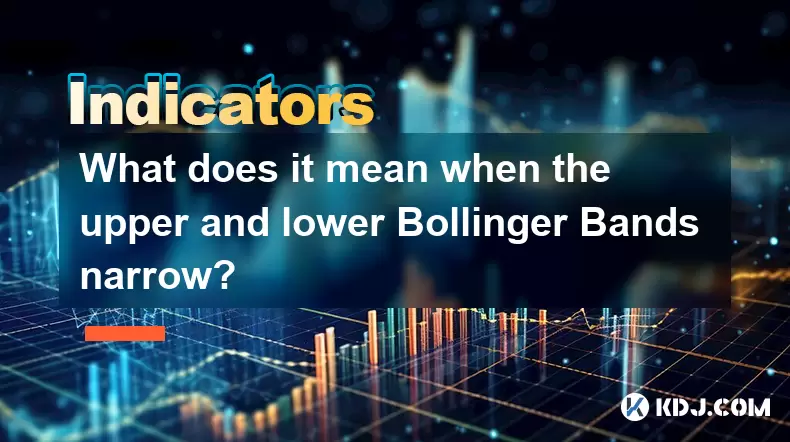
What does it mean when the upper and lower Bollinger Bands narrow?
Aug 09,2025 at 03:00pm
Understanding Bollinger Bands in Cryptocurrency TradingBollinger Bands are a widely used technical analysis tool in the cryptocurrency market, develop...
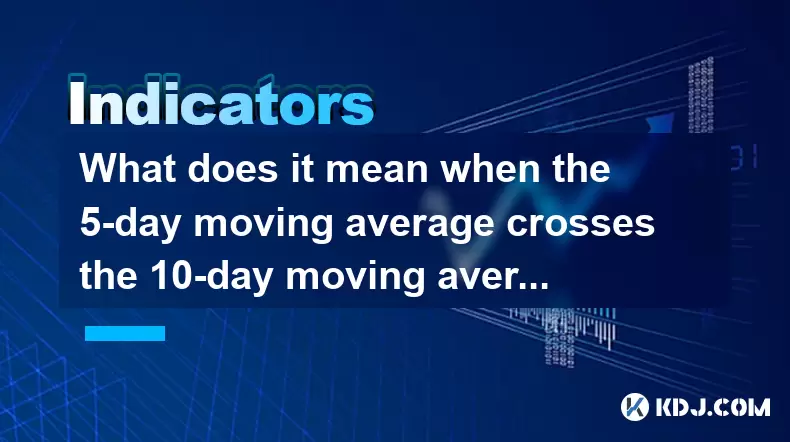
What does it mean when the 5-day moving average crosses the 10-day moving average but the 20-day moving average remains upward?
Aug 09,2025 at 03:35pm
Understanding Moving Averages in Cryptocurrency TradingMoving averages are foundational tools in technical analysis, especially within the cryptocurre...
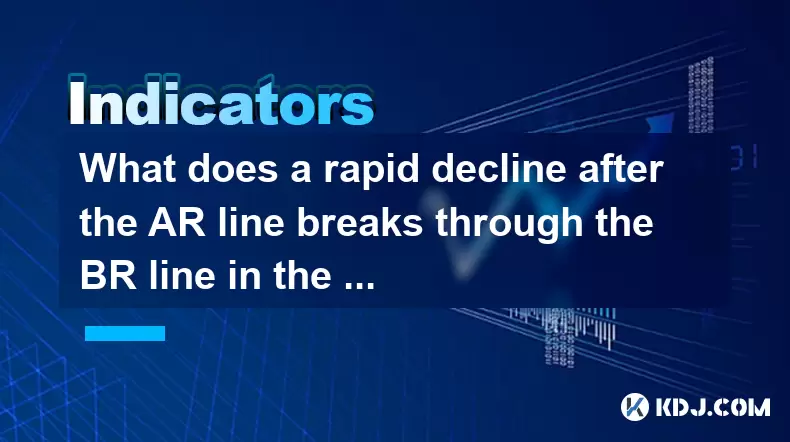
What does a rapid decline after the AR line breaks through the BR line in the ARBR indicator indicate?
Aug 09,2025 at 04:42pm
Understanding the ARBR Indicator ComponentsThe ARBR indicator is a technical analysis tool that combines two oscillators: the AR (Amplitude Ratio) and...
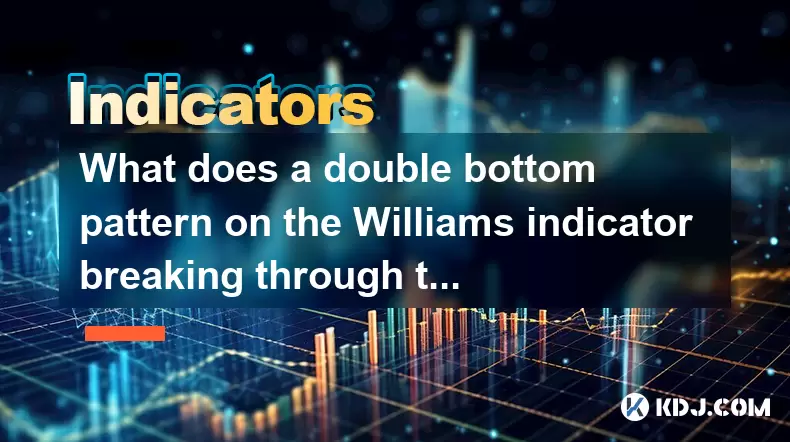
What does a double bottom pattern on the Williams indicator breaking through the 50-day midline indicate?
Aug 09,2025 at 10:56am
Understanding the Williams %R IndicatorThe Williams %R indicator, developed by Larry Williams, is a momentum oscillator that measures overbought and o...

What does it mean when the Triple Moving Average (TRIX) turns downward but the price doesn't fall?
Aug 09,2025 at 12:42pm
Understanding the Triple Moving Average (TRIX) IndicatorThe Triple Moving Average, commonly known as TRIX, is a momentum oscillator designed to filter...

What does it mean when the Williams' oscillator repeatedly hits bottoms but fails to rebound?
Aug 09,2025 at 09:28am
Understanding the Williams %R OscillatorThe Williams %R oscillator, developed by Larry Williams, is a momentum indicator used in technical analysis to...

What does it mean when the upper and lower Bollinger Bands narrow?
Aug 09,2025 at 03:00pm
Understanding Bollinger Bands in Cryptocurrency TradingBollinger Bands are a widely used technical analysis tool in the cryptocurrency market, develop...

What does it mean when the 5-day moving average crosses the 10-day moving average but the 20-day moving average remains upward?
Aug 09,2025 at 03:35pm
Understanding Moving Averages in Cryptocurrency TradingMoving averages are foundational tools in technical analysis, especially within the cryptocurre...

What does a rapid decline after the AR line breaks through the BR line in the ARBR indicator indicate?
Aug 09,2025 at 04:42pm
Understanding the ARBR Indicator ComponentsThe ARBR indicator is a technical analysis tool that combines two oscillators: the AR (Amplitude Ratio) and...

What does a double bottom pattern on the Williams indicator breaking through the 50-day midline indicate?
Aug 09,2025 at 10:56am
Understanding the Williams %R IndicatorThe Williams %R indicator, developed by Larry Williams, is a momentum oscillator that measures overbought and o...
See all articles

























































































